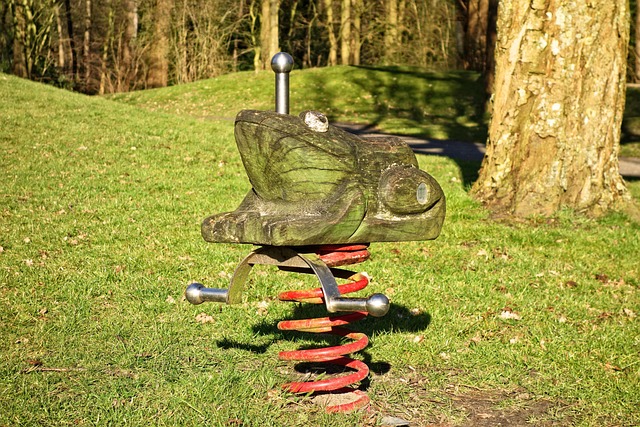Playground Equipment Guide for Safe, Fun Outdoor Play
Playground equipment shapes how children move, explore and socialize outdoors. Well-designed equipment balances safety, creativity and accessibility so kids of different ages can develop physical strength, coordination and social skills. Whether you’re planning a backyard set, a community park, or equipment upgrades for a school, understanding materials, layout and maintenance helps you choose options that last and stay safe for years.

Playground equipment: what to prioritize
When selecting playground equipment, prioritize age-appropriate design, durability and safety. Look for systems with clear age-range recommendations and modular options that allow you to add features as needs change. Materials such as powder-coated steel, UV-stable plastics and properly treated timber resist weathering. Consider protective surfacing (rubber, engineered wood fiber, or poured-in-place systems) to reduce injury risk from falls. Also plan for sightlines and seating so caregivers can supervise easily. Finally, verify that chosen equipment meets applicable local safety standards and installation guidelines.
Swings: choosing safe and engaging options
Swings remain a favorite because they offer vestibular stimulation and cooperative play. Choose swing seats and hangers that match the intended age group: bucket or adaptive seats for toddlers and inclusive seats for children with mobility differences. Ensure swing bays are placed with appropriate clearance in front and behind and that seats are durable and easy to inspect. Consider materials that resist vandalism and weathering, and look for hardware with tamper-resistant fasteners. Incorporating a mix of single and group swings encourages both independent play and social interaction.
Slides: materials, height and design choices
Slides come in many forms—straight, spiral, wide transfer platforms—each promoting different movement skills. Lower, gently sloped slides suit toddlers while taller, enclosed or wave slides are better for older children who can manage speed and balance. Materials range from molded plastic, which stays cooler in sun, to metal, which may require shade. Pay attention to transition points, handrails, and ladder design to reduce pinch points and slips. Integrate shaded areas or canopies where possible to control surface temperatures and protect finishes from UV damage.
Climbing structures: building strength and confidence
Climbing structures develop upper-body strength, problem-solving and risk assessment. Options include nets, rock walls, ladders, and multi-directional climbing frames. Varied grip sizes and surface textures make elements accessible to a range of skill levels; provide progressive challenges so children can advance safely. Place climbing components over impact-absorbing surfacing and ensure adequate spacing between elements to prevent entrapment. Regular inspections should check for frayed ropes, loose connectors and corrosion on metal components to maintain structural integrity.
Children: age groups, accessibility and supervision
Design with children’s developmental stages in mind: toddlers need low platforms and enclosed spaces, while school-age children seek dynamic, higher-challenge elements. Incorporate inclusive features—transfer stations, ramps, tactile panels, and sensory components—that welcome children of varying abilities. Clear signage indicating age suitability and recommended capacities helps caregivers choose appropriate areas. Supervision remains critical; design layouts with unobstructed sightlines and seating for adults so supervision is practical. Routine maintenance and staff or homeowner training on inspections promote ongoing safety.
Conclusion
Thoughtful selection and maintenance of playground equipment creates spaces where children can play, learn and grow safely. Balancing durable materials, age-appropriate design, inclusive features and regular inspections reduces risk and extends the life of equipment. Whether for a home yard or a public space, planning for supervision, surfacing and progressive challenges ensures playgrounds remain engaging and secure for a broad range of children.






